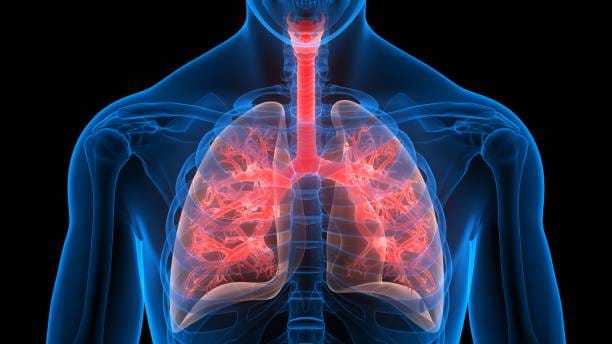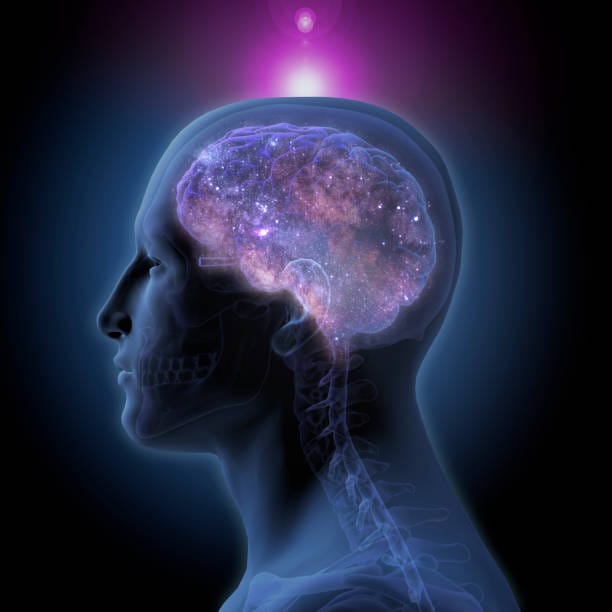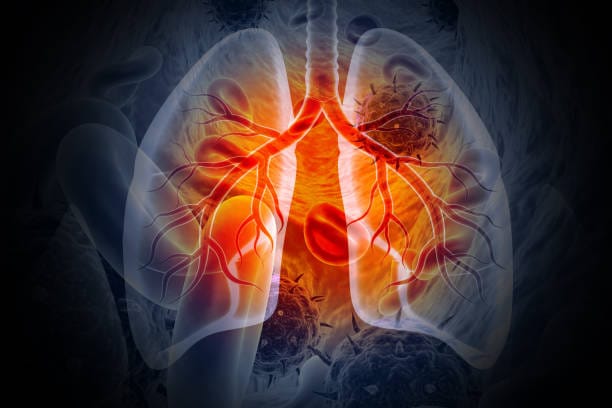From the moment we are born, our bodies set in motion a symphony of chemical processes that keep us alive, growing, and functioning. Every breath we take, every bite of food we eat, every thought that dances through our brain—each of these depends on the complex machinery of metabolism. It’s an elegant system powered by enzymes, molecules that act like microscopic factory workers, breaking down nutrients, generating energy, and constructing the components of life. For most people, this process hums along without incident. But for a small percentage of individuals, something goes awry from the very start. Their bodies are missing key enzymes or possess ones that don’t work as they should. These disruptions are not caused by external factors like poor nutrition or illness. Instead, they are written into the very code of life—into their DNA. These conditions are known as inborn errors of metabolism.
The term may sound clinical and distant, but inborn errors of metabolism represent some of the most fascinating—and often heartbreaking—mysteries of human biology. They reveal what happens when a single genetic typo throws a wrench into the gears of our cellular engines. And while some of these conditions are treatable, others pose profound challenges to families and medical professionals alike. They range from the relatively mild to the life-threatening, and understanding them requires us to delve into the intricate dance of genes, enzymes, and biochemistry.
Unpacking the Concept: Metabolism at Its Core
To understand inborn errors of metabolism, we must first grasp what metabolism actually is. At its core, metabolism refers to the total sum of chemical reactions that occur within the cells of living organisms. These reactions are divided into two main categories: catabolism, which involves breaking down molecules to release energy, and anabolism, which uses that energy to build new molecules necessary for growth and repair. Together, these processes are like the internal circuitry of life, allowing organisms to maintain homeostasis, reproduce, and adapt.
The smooth functioning of this system depends heavily on enzymes—biological catalysts that speed up reactions. Each enzyme has a specific role, acting on a particular molecule, called a substrate, and transforming it into a product. If an enzyme is missing, inactive, or faulty, the reaction it governs either doesn’t happen or happens incorrectly. The result can be the accumulation of toxic substances, the absence of vital compounds, or a cascade of metabolic chaos.
Inborn errors of metabolism occur when the genes that code for these crucial enzymes contain mutations. These are not infections or external poisonings—they are intrinsic errors, written into the very script of life before birth. Sometimes the body can compensate. Often, it cannot.
The Birth of a Concept: Archibald Garrod’s Vision
Though the science of genetics has exploded in recent decades, the concept of inborn errors of metabolism is over a century old. It was first introduced by Sir Archibald Garrod, a British physician working in the early 20th century. Garrod was fascinated by a condition called alkaptonuria, in which a person’s urine turns black upon exposure to air. He discovered that this odd phenomenon was inherited and proposed that it was caused by the absence of a specific enzyme involved in breaking down certain amino acids.
Garrod’s insights were revolutionary. He was among the first to suggest that genetic diseases could result from enzyme deficiencies and that these deficiencies could follow Mendelian patterns of inheritance. He coined the phrase “inborn errors of metabolism” to describe these conditions and argued that they were not just rare oddities but potentially windows into how normal physiology works.
At the time, his ideas were largely ignored. The world wasn’t yet ready to think of diseases as biochemical problems embedded in our DNA. But history has vindicated Garrod. Today, his theory is the foundation of a vast field of medical genetics, with thousands of known metabolic disorders falling under the umbrella of inborn errors.
When the Body’s Chemistry Falters
Imagine that your cells are like a vast factory, with assembly lines stretching through countless rooms. Every product needs to be processed in stages, with one enzyme passing its output to the next. Now, suppose one of those enzymes is missing. The process comes to a halt. Raw materials pile up. Essential products are not made. The machinery malfunctions.
This is what happens in inborn errors of metabolism. A classic example is phenylketonuria, or PKU. In this condition, the body lacks an enzyme needed to break down phenylalanine, an amino acid found in many foods. If untreated, phenylalanine builds up in the blood and becomes toxic to the brain, leading to intellectual disability. However, if the condition is diagnosed early—typically through newborn screening—and managed with a strict diet low in phenylalanine, affected individuals can live healthy lives.
Not all inborn errors are as manageable. Some, like Tay-Sachs disease, result in the progressive destruction of nerve cells in the brain and spinal cord, leading to severe neurological decline and early death. Others affect energy production, making it difficult for the body to convert food into usable energy, especially during times of stress or illness. In some cases, the first sign of trouble is a crisis—sudden vomiting, lethargy, coma—often in a newborn who appeared perfectly healthy at birth.
These conditions vary widely in their symptoms and severity. Some affect how the body processes sugars, others fats, others proteins. Some target specific organs, while others wreak havoc throughout the body. But all share a common origin: a single gene gone wrong, disrupting the balance of the metabolic network.
The Genetics Behind the Error
Most inborn errors of metabolism are inherited in an autosomal recessive pattern. This means that a child must inherit two copies of the faulty gene—one from each parent—to be affected. Carriers, who have only one defective copy, usually show no symptoms. But when two carriers have a child, there’s a 25% chance with each pregnancy that the child will inherit both mutated copies and develop the condition.
This mode of inheritance explains why many metabolic disorders are rare: the faulty genes are often buried in the genetic background, surfacing only when two carriers happen to come together. In communities where intermarriage is common, the chances of two carriers meeting increase, making certain disorders more prevalent in specific populations.
There are exceptions. Some inborn errors are inherited in an X-linked manner, affecting mostly males, while others follow more complex genetic patterns. With the advent of genetic testing, families can now learn whether they are carriers and what risks they might face, a development that has transformed reproductive decision-making and early diagnosis.
Newborn Screening: Catching the Invisible
One of the great public health achievements of the modern era is the introduction of newborn screening programs. These programs, now standard in many countries, involve testing a few drops of blood from a newborn’s heel within the first days of life. The blood is analyzed for a range of metabolic disorders, often including PKU, galactosemia, maple syrup urine disease, and dozens of others.
The rationale is simple but powerful: many inborn errors of metabolism are treatable if caught early. A child who appears normal at birth may be on the path to irreversible damage without anyone knowing. But with early detection, interventions like special diets, medications, or supplements can prevent symptoms and save lives.
Screening isn’t perfect. Some disorders are too rare or too complex to be included. False positives and negatives can cause confusion and anxiety. Yet the benefits are profound. For many families, a heel-prick test in the first week of life can mean the difference between health and tragedy.
Living with a Metabolic Disorder
A diagnosis of an inborn error of metabolism is life-changing. For parents, it can be overwhelming, especially if the disorder is one they’ve never heard of. For children, it may mean a lifetime of careful management, restricted diets, frequent medical check-ups, and a constant awareness of their body’s limits.
Yet many individuals with these conditions go on to lead full, vibrant lives. Advances in medicine have expanded treatment options, from enzyme replacement therapies to liver transplants to emerging gene-editing techniques. Support groups and online communities provide connection and guidance. Researchers continue to explore new ways to understand and manage these disorders.
For some, daily life includes mixing medical formulas, weighing food to the gram, and monitoring biochemical levels with precision. The challenge is real, but so is the resilience. Children learn to advocate for themselves. Families become experts in their own form of biology. In the face of a rare disorder, an entire ecosystem of knowledge, care, and courage emerges.
The Frontiers of Research and Hope
The future of inborn errors of metabolism is filled with both questions and promise. As genetic sequencing becomes faster and cheaper, we are discovering new metabolic disorders that were previously invisible. What once took years to diagnose can now be uncovered in a matter of days with whole-exome or whole-genome sequencing.
At the same time, therapies are evolving. Gene therapy, in which faulty genes are corrected or replaced, offers the tantalizing possibility of cures. Researchers are exploring the use of CRISPR technology to edit genes with precision, potentially correcting the root cause of disease. Enzyme replacement therapies, once experimental, are now standard for conditions like Gaucher disease and Fabry disease. Novel drug treatments aim to stabilize enzymes, reduce toxic buildups, or bypass faulty pathways altogether.
This progress brings ethical challenges too. Should we screen for every possible disorder, even those we cannot treat? How do we balance hope with the need for realistic expectations? What responsibilities do we have to carriers, to patients, to future generations?
Despite these complexities, one thing is clear: the science of metabolism is no longer a niche concern. It is central to our understanding of health, disease, and human potential.
A Tapestry of Complexity
Inborn errors of metabolism remind us that life is both robust and fragile. A single letter change in a string of DNA can alter the course of a life. And yet, through knowledge, compassion, and innovation, we can meet these challenges head-on.
These disorders are not merely scientific curiosities—they are human stories, marked by moments of fear and triumph, mystery and revelation. They teach us that every cell contains a world, every enzyme a purpose, every child a universe of possibility.
In exploring the intricate world of inborn errors of metabolism, we do more than study disease. We explore what it means to be alive, to inherit, to adapt, and to hope. Whether through the lens of a microscope or the heartbeat of a family, this field continues to illuminate the invisible forces that shape our lives from the inside out.






